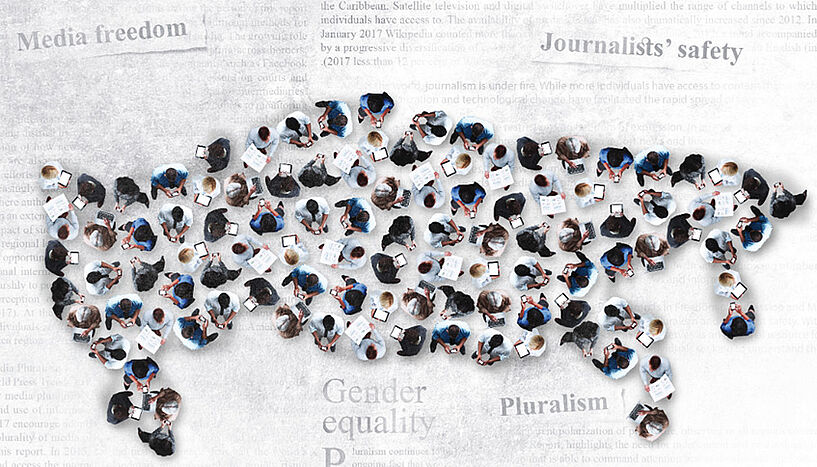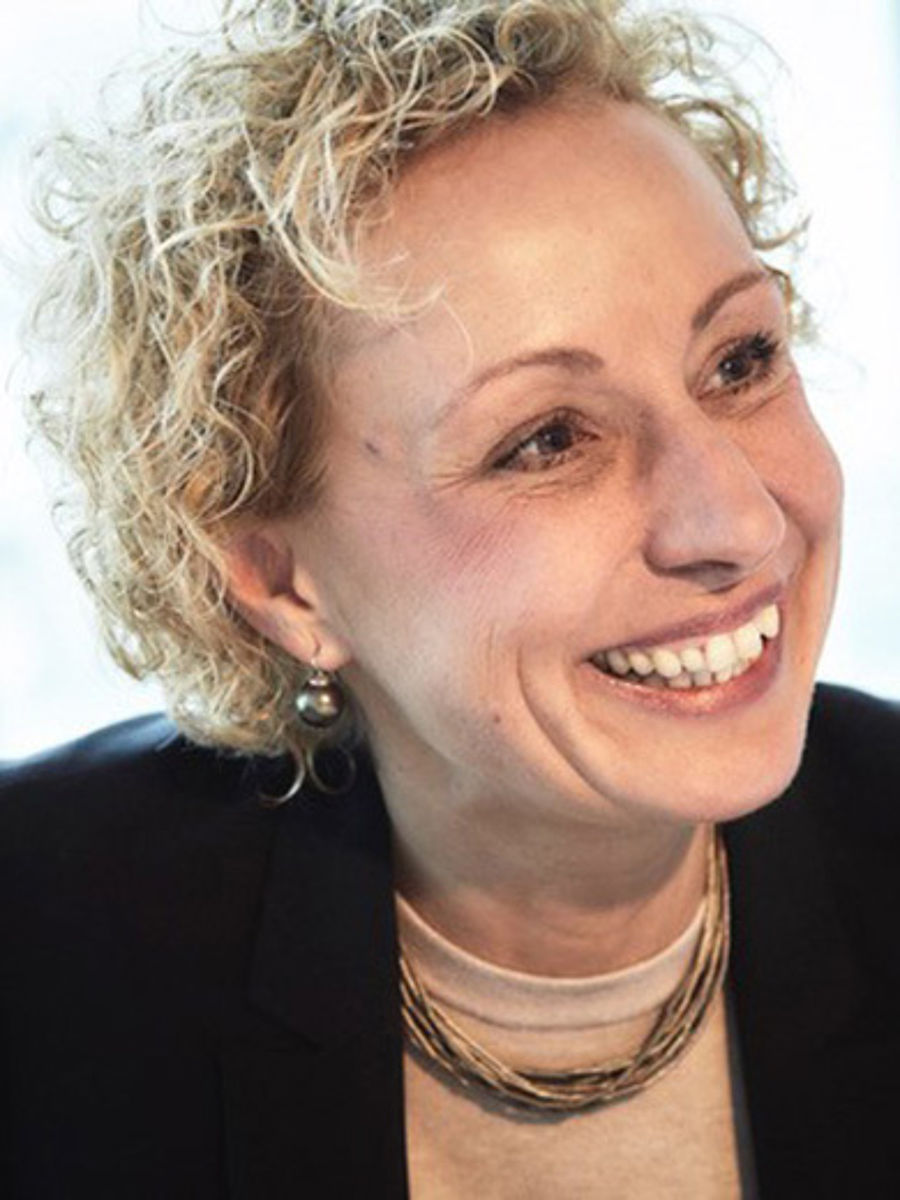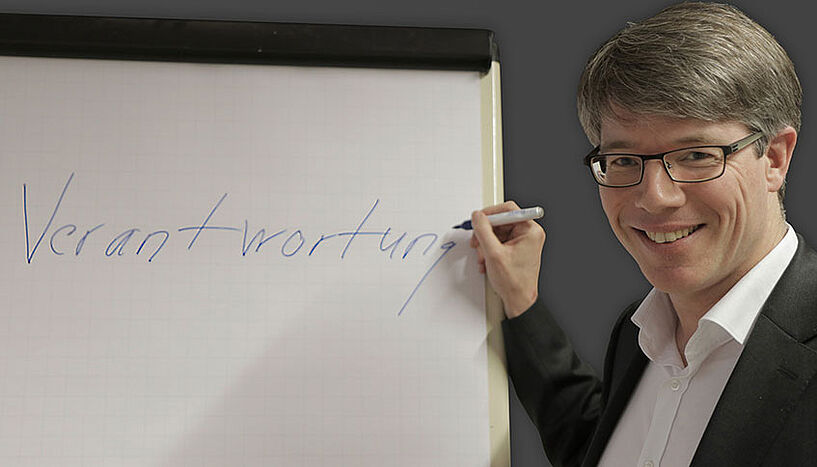Freedom of expression in Central and Eastern Europe
| 03. Juli 2019
The CEE Report signals an overall deterioration of media freedom in the CEE Region, says lead regional researcher Krisztina Rozgonyi from the University of Vienna . (Photo: Cover of the CEE Report; © UNESCO and University of Oxford 2018/Marc James)
Krisztina Rozgonyi from the University of Vienna was the lead regional researcher for the current UNESCO report about media development in Central and Eastern Europe (CEE Report). Trends reflect a predominant decline of a once-envisioned free and flourishing press and the weakening of Public Service Media.
uni:view: You were the lead regional researcher for the Central and Eastern Europe Regional Report, which is part of the UNESCO World Trends in Freedom of Expression and Media Development series. What does your work involve and what happens to the findings?
Krisztina Rozgonyi: The World Trends in Freedom of Expression and Media Development series critically analyses new trends in media freedom, pluralism, independence and the safety of journalists. It gives a special focus to gender equality in the media and provides a global perspective – as such, it serves as an essential resource for UNESCO Member States, international organisations, civil society groups, academia and individuals that are seeking to understand the changing global media landscape.
The Global Report was published in 2018, the Regional Reports in 2019. It is a joint research report of renowned scholars from all over the world, thematic and geographic researchers and the UNESCO team and it is supported by an international Advisory Board. The Reports are launched globally for a wide range of stakeholders with great impact. UNESCO also presents the findings to UN Member States with recommendations that address the key issues and challenges identified by the reports.

Krisztina Rozgonyi was the lead Regional Researcher of the "World trends in freedom of expression and media development: regional overview of Central and Eastern Europe 2017/2018". The majority of the countries in the region (22 of 25) are members of the Council of Europe (CoE), 11 of which are members of the European Union (EU) and an additional four are membership candidates.(© Monika Saulich)
uni:view: How would you describe the current situation concerning media freedom and independence in Central and Eastern Europe?
Krisztina Rozgonyi: Indicators reflect that while some positive developments have occurred throughout the region, these are commonly offset by other negative factors – in a paradoxical manner. With few positive exceptions,primarily in the Baltic countries, trends reflect a predominant decline of a once-envisioned free and flourishing press, the weakening of Public Service Media (PSM) and the inadequate accountability of formally independent media regulators. If you combine the effects of these trends as well as the lack of political will and sanctioning capacity of international and regional organisations, the result is freedom of expression being increasingly vulnerable to global transformations, disruptions and challenges.
This is a region that has undergone internal pressures from migrant and refugee movements, and where some sub-regions currently experience conflict. There is a persistent regional paradox in the relationship between the media and democracy. Post-soviet transitions are in flux and in some parts of the region, the nature of a democratic society and the role of the media are contested.
uni:view: One main focus of the report is on the safety of journalists. What are the key issues in this area?
Krisztina Rozgonyi: The CEE Report signals an overall deterioration of media freedom in the CEE Region. The declining respect for media freedom involves digital attacks on journalists and online harassment, especially of women journalists, which contributes to the self-censorship of women. In addition, it shows an increase in hate speech and in 'cyberhate' during the refugee and migrant 'crisis' and theincomplete implementation of the right to information and of freedom of information laws.
While the region reflected the second lowest number of journalist killings for any region, the number of killings dropped only slightly when compared to the previous 5-year period. 41 per cent of the journalists killedwere foreign journalists, unlike most other regions, where victims were nearly all local journalists. The level of impunity has increased when compared to the previous 5-year period. Between 2012 and 2016, no killings of women journalists were recorded in Central and Eastern Europe.Other attacks, however, – particularly online harassment and threats –regularly undermined the security of women journalists. Smear campaigns were instigated against women journalists involving private photos or videos, in some cases it formed a precursor to offline attacks. The imprisonment of journalists has fluctuated since 2012, but has consistently been concentrated in a small number of countries. In 2017, 18 of the 20 imprisoned journalists were Internet journalists.
uni:view: What are the "offences" journalists are accused of?
Krisztina Rozgonyi: Despite the continued presence of statutes penalising blasphemy or defamation, the most common charges laid against journalists are 'retaliatory', or they are criminal charges not directly concerning journalism, but levied in reprisal for critical reporting. Shorter-term detentions of journalists and interrogations are used to put pressure on the media.
uni:view: Which opportunities and measures can the EU take to counteract the constraints on media freedom?
Krisztina Rozgonyi: International as well as EU legal and policy frameworks fall short of addressing breaches of media independence, thus leaving national contexts without sufficient safeguards. Self-censorship, which is spurred on by economic factors of media viability, remained a main factor in limiting media freedom. State capture of media and 'soft censorship' have emerged through various forms of selective distribution of media subsidies, and through the partisan allocation of state advertising. This was accompanied by a general lack of transparency in the allocation as well as biased exercise of regulatory and licensing powers. This had a direct and indirect influence on media output, resulting in market distortion in several countries.
uni:view: How do these trends relate to the European “migrant crisis” that has started in 2015?
Krisztina Rozgonyi: Overall, it was reported that since the last 2014 CEE UNESCO World Trends Report, conflicts having direct or indirect effect on the individual countries arose within or around the Central and Eastern European regions. Journalists' work has frequently been limited due to national security concerns, particularly in efforts to counter terrorism and violent extremism. Restrictions with regard to hate speech re-entered the regional agenda with the arrival of refugees, migrants and other asylum seekers. The emerging and intensified manifestation of racism, xenophobia and intolerance in public discourse was evidenced. This is especially true for those countries directly affected by migration flows.
uni:view: Which other main findings from your research are part of the report?
Krisztina Rozgonyi: Regional key trends reflect an overall deterioration of press freedom and reduced respect for media freedom, evidenced in part by the increased use of criminal defamation and insult laws in all sub-regions. The continued concentration of markets and of media ownership is especially favouring the state media and is accompanied by a trend toward greater oligarchic multi-sectorial ownership of media outlets. The region reflects a continued trend of the weakening of Public Service Media (PSM), which is a key and historical institutional pillar of 'internal' pluralism. It also shows an accelerated politicisation of media regulators, even in countries where legal requirements are in place to guarantee independence.
Continued self-censorship is partly motivated by economic factors of media viability and forms a key factor of limiting media freedom and independence. State capture of media and 'soft censorship' emerged from various forms of selective media subsidies and the partisan allocation of state advertising. This is accompanied by a general lack of transparency in the allocation, as well as biased exercise of regulatory and licensing powers, having direct and indirect influence on media output and thus leading to market distortion in several countries. (red)



